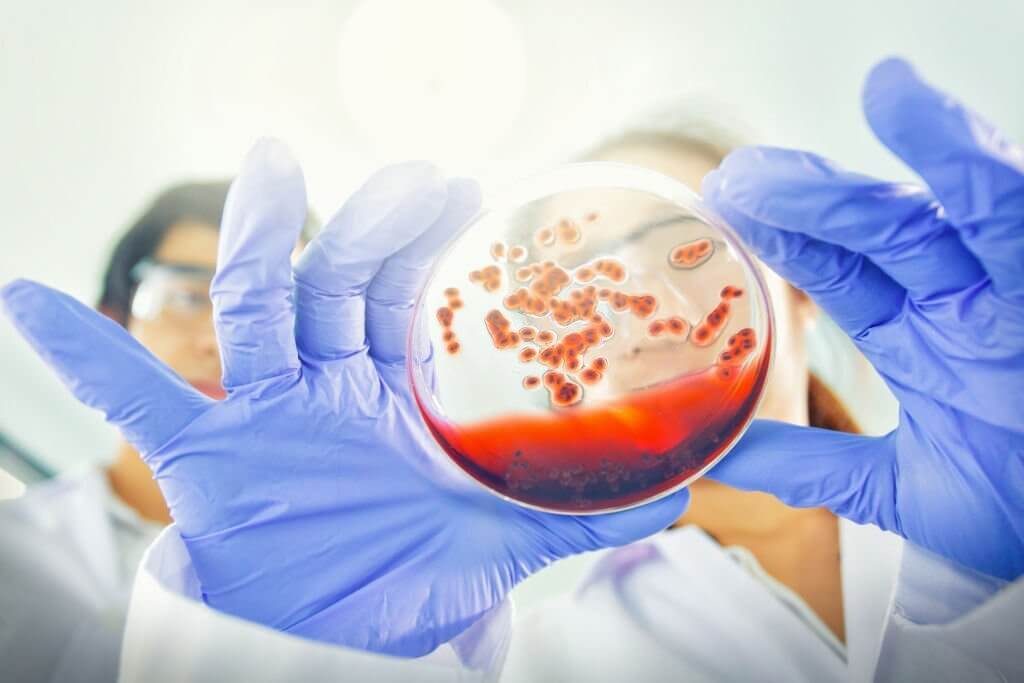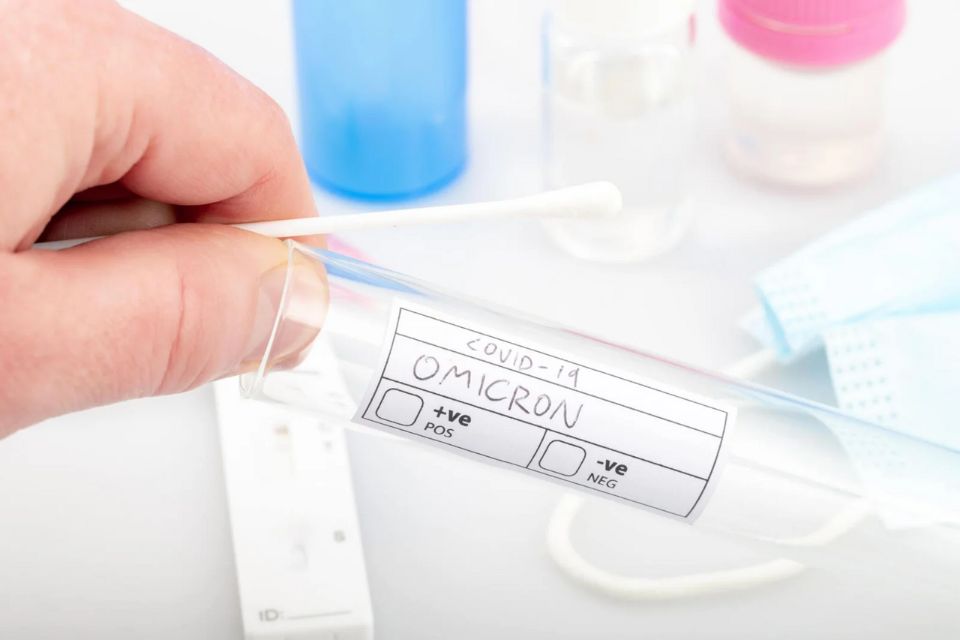The Ultimate Guide to Stuart Transport Media

Stuart Transport Media, invented by Dr. R.D Stuart, was the first media designed for transporting clinical swab samples. It is typically used in various medical and clinical settings for the collection and transportation of samples for testing. The media is available in liquid form for rapid strep A antigen tests and aerobic cultures, as well as in the form of Stuart agar gel for aerobic cultures.
Stuart Transport Media comes in various formats to suit different needs. The two primary forms are:
-
Liquid Stuart medium: This is commonly used in bacteriology swab collection systems and is ideal for rapid strep A antigen tests and aerobic cultures.
-
Stuart agar gel: This format is used for aerobic cultures.
These different media types can accommodate different swab sizes and shaft materials, making them versatile for various applications, including throat, vaginal, wound, skin, pediatric, ear, nose, throat, eye, and male urethral swab sampling.
The Stuart Transport Media was introduced in 1948 by Dr. R.D. Stuart and his co-workers. It was the first time a swab was used as a specimen collection device, marking a significant milestone in clinical sampling. The original formulation of the media included sodium thioglycolate, sodium glycerophosphate, calcium chloride, and methylene blue as a color indicator.
Two decades after the introduction of Stuart's medium, Cary and Blair modified it by replacing sodium glycerophosphate with inorganic phosphate and raising the pH to 8.4. This modification increased the medium's ability to support the viability of enteric bacteria, such as salmonella and shigella, in fecal samples.
I. Composition of Stuart Transport Media
Stuart Transport Media is composed of the following ingredients:
-
Sodium glycerophosphate: 10.00 gm/lit
-
Sodium thioglycollate: 1.00 gm/lit
-
CaCl2.2H2O (Calcium chloride dihydrate): 0.10 gm/lit
-
Methylene Blue: 0.002 gm/lit
The pH of the medium at 25 °C is 7.4 ± 0.2.
Stuart Transport Medium is a nonnutritional medium that maintains the viability of organisms without significant multiplication. It contains a small amount of agar, providing a semisolid consistency that prevents oxidation and drying during transport.
One of the key components of this medium, Sodium thioglycollate, is added to create a reduced environment, thereby improving the recovery of anaerobic organisms. Methylene blue, another ingredient, serves as an oxidation-reduction indicator. The medium appears colorless when reduced and turns blue when oxidized.
Calcium chloride is included to maintain the permeability of bacterial cells, and sodium glycerophosphate is used to maintain the pH of the medium.
II. Preparation of Stuart Transport Media
Preparation Procedure:
-
Suspend 16g of Stuart Transport Medium in 1 litre of distilled water.
-
Bring the mixture to a boil to dissolve it completely.
-
Dispense the resulting solution into screw-capped 7ml bottles, filling each bottle to the brim.
-
Tighten the cap and sterilise the bottles by autoclaving at 121°C for 15 minutes.
-
Once the bottles are cool enough to handle, mix the solution by inversion.
Storage Conditions and Shelf Life:
-
Store the dehydrated medium at a temperature between 10-30°C and use before the expiry date indicated on the label.
-
Store the prepared medium at a temperature between 15-25°C.
Precautions:
-
Discard the medium if blue color, indicating oxidation, extends down into the medium.
-
Avoid prolonged heating in open flasks during the preparation of the medium as thioglycollate is volatile.
-
Be aware that sodium glycerophosphate may be metabolised by some organisms, which could promote their growth.
III. Applications of Stuart Transport Media
Stuart Transport Media is primarily used for the transport and maintenance of all types of clinical samples. It was initially designed by Dr. R.D. Stuart for studying Gonococci, and later on, the medium was modified for the transportation of gonococcal specimens for culturing.
The medium is non-nutritional, meaning it maintains the viability of organisms without promoting significant multiplication. This is particularly useful for preserving specimens containing Neisseria species and other fastidious organisms during transportation. The reducing agent Sodium thioglycollate in Stuart medium also allows for the transport of anaerobic bacteria by creating a reduced environment that improves the recovery of these organisms.
In terms of specific applications, the Liquid Stuart swab collection system is available in various sizes for multiple applications, including rapid strep A antigen tests and aerobic culture. Regular size swabs are typically used for throat, vaginal, wound, and skin samples. Minitip size swabs are typically used for pediatric sampling, ear, nose, throat, eye, and male urethral swab sampling.
IV. Limitations and Alternatives to Stuart Transport Media
The limitations of Stuart Transport Media include that specimens taken from transport media will not exhibit the optimal or comparative growth as expected from direct inoculation and cultivation.
Cary-Blair and Amies transport media are alternatives to Stuart Transport Media.
Cary-Blair transport medium is used for the transport of fecal specimens suspected of containing enteric pathogens, including Shigella, Salmonella, Vibrio cholerae, and Escherichia coli O157:H7.
Amies transport medium is a widely used and effective semisolid medium for the transportation of swab specimens to the microbiology laboratory. Placing swabs in a moist container or transport medium prevents drying and the death of bacteria.
Stuart Transport Media is used for transporting specimens suspected of having gonococci and for transporting throat, wound, and skin swabs that may contain fastidious organisms.
Factors that may influence the choice of transport medium include the type of specimen being collected, the suspected pathogens, and the time between collection and processing.
Stuart Transport Media is an important tool in the field of microbiology, allowing for the preservation and transportation of microbiological specimens. Its ability to maintain the viability of organisms without significant multiplication makes it a valuable resource for researchers and medical professionals alike. Further study and application of Stuart Transport Media can lead to a better understanding of fastidious organisms and improved methods for their transport and preservation.
Introducing Mantacc's Stuart Transport Medium and Swab Kit, an ideal solution for microbiological surface monitoring in pharmaceutical environments. With its superior formulation, long shelf life, and ambient storage capability, this compact kit delivers reliable, high-quality surface examination to maintain safety and cleanliness standards in your facility.











